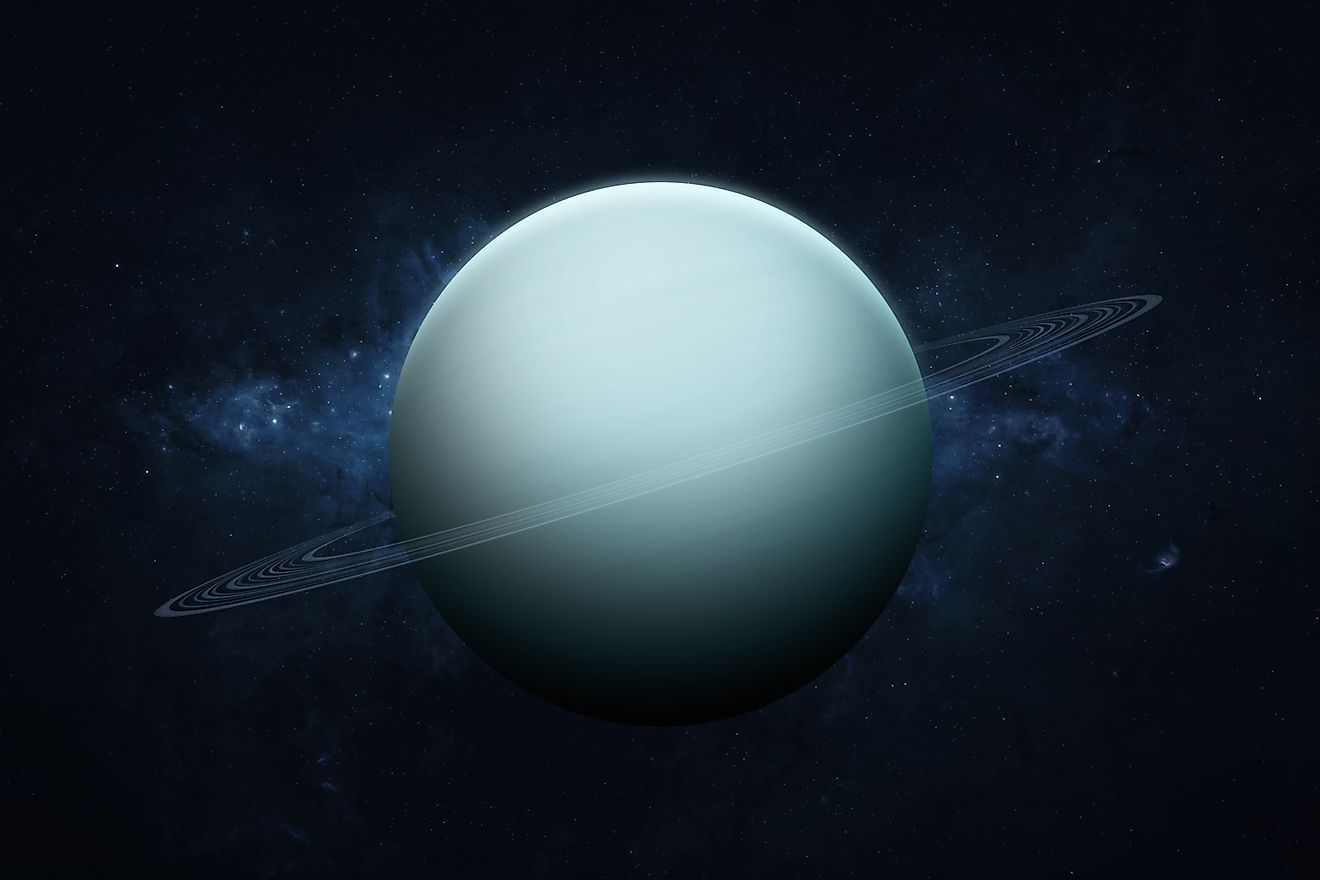
Does It Rain Diamond On Uranus And Neptune?
Here on Earth, we are used to the fact that it occasionally rains. Rain on Earth comes in the form of liquid water, and it is the only planet in our solar system where it rains water. However, Earth is not the only planet in the solar system that experiences rainfall. Both Uranus and Neptune experience rainfall, yet it is far different than anything we are used to on Earth. Rather than water, Uranus and Neptune are home to diamond rain.
Gas Giant Or Ice Giant?

Uranus and Neptune are often overlooked when compared to Jupiter and Saturn. The two outermost planets have only ever been visited by a single space probe, Voyager 2. Meanwhile, Jupiter and Saturn have both been visited several times, by both orbiters and brief flybys. Most of what is known about Jupiter and Saturn comes from spacecraft that have physically visited those planets, yet most of what is known about Uranus and Neptune comes from telescopic observations and laboratory experiments. Since the composition and mass of both Uranus and Neptune are known, astronomers can simulate conditions on those planets with experiments, computer models, and mathematics. Although these two worlds are often overlooked, evidence suggests that they are far more interesting than appearance suggests.
Although Uranus and Neptune are often referred to as gas giants, they actually belong to another class of planet called ice giants. Like Jupiter and Saturn, Uranus and Neptune are primarily composed of hydrogen and helium, hence why they are gas giants. However, the density of the two outermost planets are primarily determined by the amount of ices they contain. The term “ices” can be somewhat misleading here, as it does not refer to ice in the form we generally think of. Rather, an ice in this case is defined as things like water, ammonia, and methane, which do not always come in a solid form. Both Uranus and Neptune have significantly higher densities than Jupiter and Saturn, and that is due to the much higher amount of ices in those planets. Hence, Uranus and Neptune are classified as ice giants.
How Does It Rain Diamond?

The presence of diamond rain on Uranus and Neptune stems directly from the amount of ices those planets possess. Diamond itself is simply a form of solid carbon that has formed bonds with other carbon atoms that have crystallized under very high temperatures and pressures. Far beneath the visible atmospheres of Uranus and Neptune, pressures and temperatures become so high that methane molecules break apart. Methane contains one carbon atom and four hydrogen atoms, and upon breaking apart, the carbon atoms bond together to form large carbon chains. As these carbon chains fall through the atmosphere, temperatures and pressures eventually cause them to solidify and crystallize as diamond. This diamond falls through the ice giants as diamond rain. Furthermore, some models predict that Uranus and Neptune may have layers of liquid diamond, accompanied by large diamond-bergs. Diamond is an extremely valuable material on Earth due to its rarity, yet it is rather common on the outer planets.











